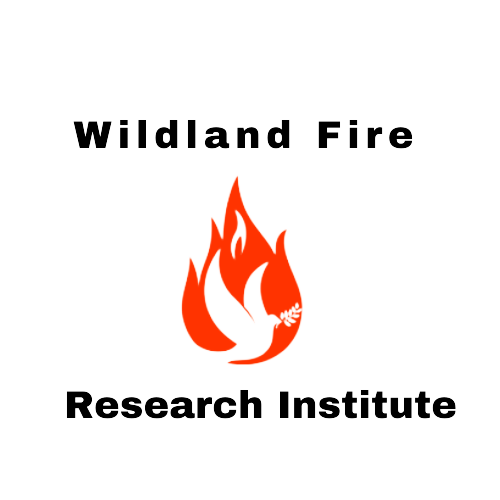Amazon Forest Fire
How Does Cultural Burning Impact Biodiversity?
Biodiversity is all the different types of life that are found in an area, and it plays an important role in keeping ecosystems healthy. Unfortunately, biodiversity is decreasing around the world. Many species of plants and animals are rare and found only in certain ecosystems, which require disturbances, like fire, to stay healthy. Indigenous peoples have used fire as a tool to manage ecosystems for thousands of years. This is called cultural burning. To understand how cultural burning impacts biodiversity, our research team conducted a review of over 1,000 scientific papers published globally from 1900 to 2020 (120 years). We assessed where, when, how, and why cultural burning was used to increase or decrease the numbers of certain animals, plants, insects, and even microbes! When cultural burning is used regularly, and under the right conditions, it can support and increase biodiversity and ecosystem health worldwide.

Do bats benefit from wildfires?
Did you know that there are more than 1,000 species of bats? They’re also the only mammals that can fly! These amazing animals are well adapted to life in the forest, but what happens when wildfires hit their homes? We wanted to find out how wildfires in the Sierra Nevada Mountains of California affect bats. We looked at three different areas where there have been large fires and counted how many species of bat we found in those areas. We also looked at how different levels of fire severity affected bats. Our results showed that wildfires are beneficial to bats. This is mainly because fires make forests less cluttered, which makes it easier for bats to find food and roosting spots. Instead of preventing all fires, we should manage some fires burning far from people so that there is a mix of severities and bat habitats. This would help bats and also reduce the risk of out-of-control megafires happening in the future!
Why are wildfires beneficial?
Wildfires are a natural part of many environments. They are nature’s way of clearing out the dead litter on forest floors. This allows important nutrients to return to the soil, enabling a new healthy beginning for plants and animals. Fires also play an important role in the reproduction of some plants.
The Four Friends of Fire
If we’re going to live with fire, we’d better get to know it. In this first installment of the series, we meet four key drivers of bushfire risk. With thanks to the University of Wollongong, the University of Melbourne, Rockshelf Productions and David Shooter.
More attractive videos for kids!
About us
Previously known as Fire Research Institute, we are changing our name to Wildland Fire Research Institute. The Institute was founded in 1983 to benefit research in fire across the globe.
